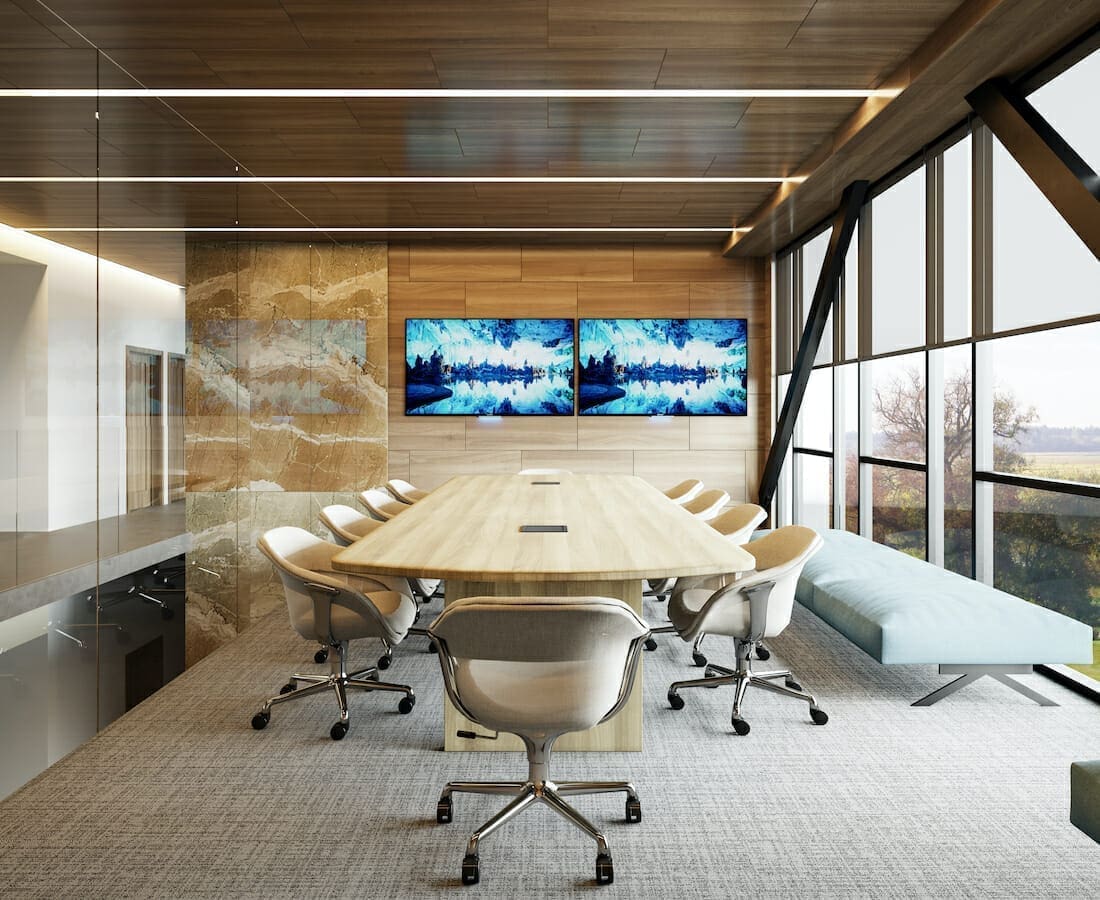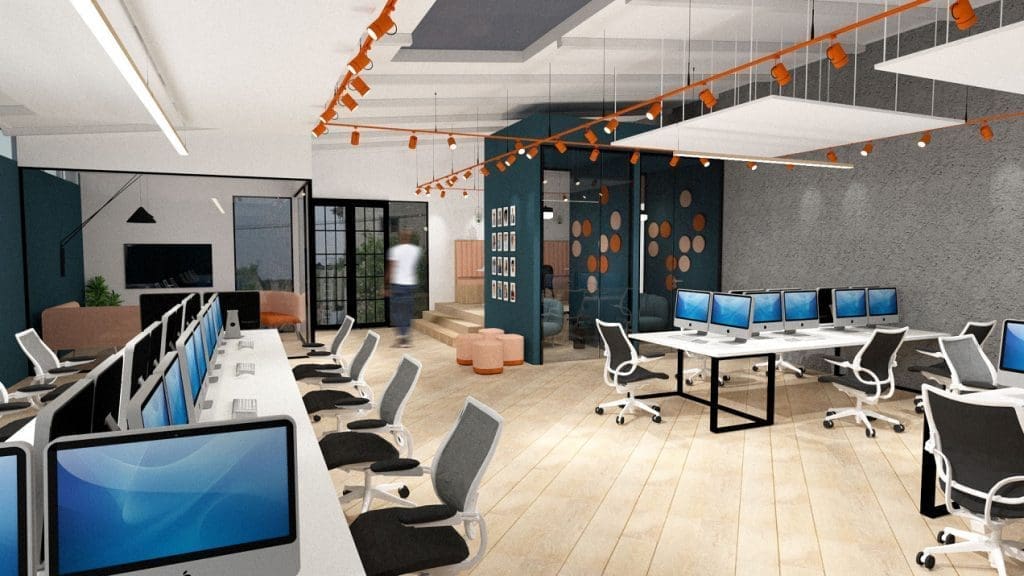Table of Contents
ToggleWhat Is The Importance of Office Interior Design?
A well-designed office space goes beyond aesthetics; it can have a profound impact on the well-being, motivation, and productivity of employees. When employees are provided with a thoughtfully designed workspace that considers their physical and psychological needs, they are more likely to perform at their best.Ergonomics: Enhancing Comfort and Performance
Heading: Boosting Productivity Through Ergonomic Furniture Ergonomics is a crucial aspect of office interior design that focuses on creating a workspace that promotes comfort and reduces the risk of musculoskeletal disorders. By providing employees with ergonomic furniture such as adjustable chairs, standing desks, and supportive keyboards, companies can enhance employee comfort, reduce fatigue, and minimize the occurrence of work-related injuries. Sub-heading: The Benefits of Adjustable Furniture Investing in adjustable furniture offers numerous benefits for both employees and employers. By allowing employees to customize their workstations according to their preferences and body measurements, adjustable furniture promotes proper posture and reduces the strain on the neck, back, and wrists. This, in turn, leads to higher levels of comfort and improved productivity. Sub-heading: The Rise of Standing Desks In recent years, standing desks have gained popularity due to their potential health benefits and positive impact on productivity. Standing while working can help combat the sedentary lifestyle associated with prolonged sitting, improve blood circulation, and boost energy levels. Furthermore, standing desks often feature height adjustability, enabling employees to switch between sitting and standing positions throughout the day, thereby promoting movement and reducing the risk of developing health issues.Lighting: Illuminating the Path to Productivity
Heading: Harnessing Natural Light for Optimal Productivity Proper lighting is a critical factor in office interior design, as it can significantly affect employees’ mood, focus, and overall well-being. Natural light, in particular, is highly beneficial for productivity. By incorporating large windows and skylights, offices can maximize the use of natural daylight, which has been shown to improve mood, increase alertness, and reduce eye strain. Exposure to natural light also helps regulate the body’s circadian rhythm, leading to better sleep quality and increased productivity during working hours. Sub-heading: The Role of Artificial Lighting While natural light is desirable, it is essential to supplement it with suitable artificial lighting options. Well-designed lighting systems with adjustable brightness levels and color temperatures allow employees to create an environment that suits their tasks and preferences. Properly lit workspaces can prevent eye strain, reduce headaches, and maintain a comfortable ambiance conducive to focused work.





